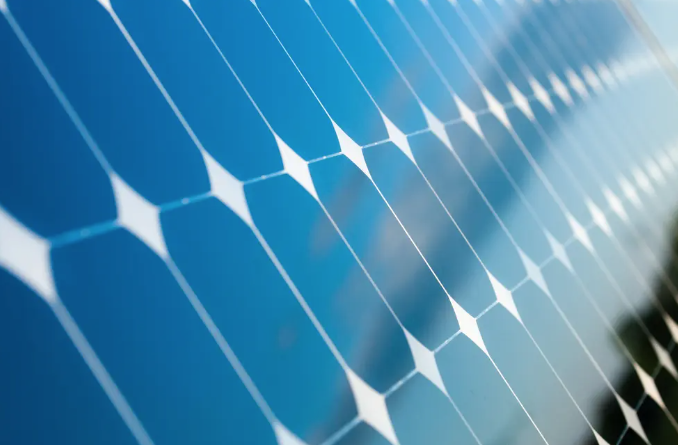More efficient perovskite solar cells with “roads” for ions
The role of “grain borders” in the production of perovskite solar cells more efficient
Perovskite solar cells more efficient, reliable and durable. This is the goal achieved by a new sector research that has closely investigated the crystalline structure of these synthetic materials to find a way to increase operational stability.
PV in perovskite, between pros and cons
Perovskites are a large group of metal oxides with different properties, including photovoltaic. The crystalline structure of some of these minerals allows them to better absorb light than silicon. Thus offering the possibility of making solar devices more efficient, lighter and cheaper than the current market standard.
But there are still challenges to be solved. Perovskites are ionic materials, and when a voltage is applied to them the ions move within them helping to bring about chemical and structural changes. Can this be avoided? Not at the moment, but scientists at North Carolina State University in the USA have discovered how to guide these movements. “We have not found a way to prevent ions from moving through perovskite materials, but we have found that it is possible to address these ions in a safe duct that does not compromise the structural integrity or performance of the material,” says Aram Amassian, Professor of materials science and engineering and co-author of the study. “It represents a great step forward”.
A safe duct for ions
This sort of road in which to address them is represented by what in crystallography is called “edge of degree”. The grain borders are nothing more than a defect of the lattice, they are the interface that is created between the microscopic crystals (or grains) not aligned, which constitute the polycrystalline materials.
“What we found is that grains (which are responsible for absorbing light and generating charges) are better protected from deterioration when ions move predominantly along the edges,” explains the first author Masoud Ghasemi. “Adding up this discovery with what is already known about perovskites, it is clear that problems begin when the edges of the grains are weak. This makes it easier for the ions to move in the grains themselves”. And consequently leads to perovskite solar cells in less efficient over time.
The solution exists and is at hand. “There are established techniques that we can use to design crystals and their grain borders,” Amassian stresses “Now we can use these approaches to protect grains […] In short, now we know what needs to be done to create much more stable perovskites”. the research was published in Nature Materials.






